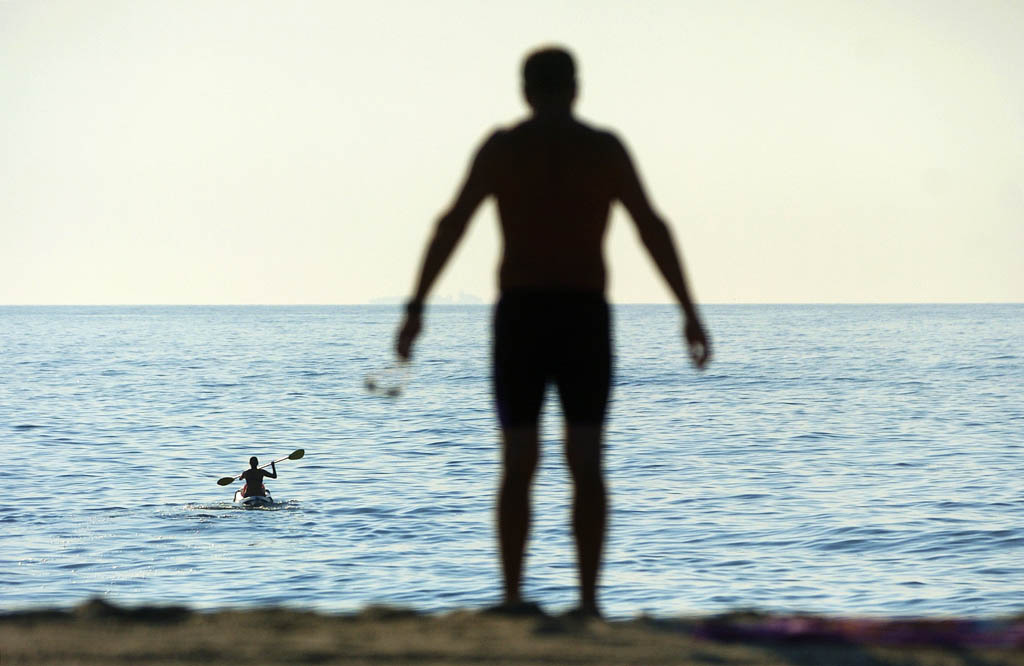Stanley Bielen grew up in the 1960s and early ‘70s in the Tremley Point neighborhood of Linden.
It was, in his words, a “wasteland” of refineries, tank yards, chemical plants and swamps. Yet, it was also his home, his playground – the only place he knew. He developed a lasting love of swamps in this Union County community.
Now a Hunterdon County resident, Stan recently wrote an essay that eloquently captures a sense of place and time, while expressing optimism for the future. Here are some excerpts:
“Tremley Point is located on the body of water known as the Arthur Kill. My friends and I always felt that “Kill” was the perfect name for that body of water and the life in and around it.
The water in the Arthur Kill was black with oil and tar and chemicals. The muddy banks were so murky, so deep. Falling into the shallow water or a muddy bank was a scary proposition.
Storage tanks marked “Flammable” were everywhere. From time to time, one would catch on fire or explode. Sirens would scream as fire engines headed into the tank yards.
It wasn’t this way when my father was growing up. In his day, there was boating and fishing and crabbing. There were even stories of waterskiing and picnicking on the waters and shorelines.
Then the oil barges came in bigger and bigger numbers. And the refineries expanded. And the chemical factories expanded. They killed what was once a very beautiful and balanced ecosystem and turned it into a wasteland.
But other than fearing the murky mud, we kids never worried. We thought: This is how it is.
I spent almost every day in the swamp. It was our playground. We built forts and tree houses out of tree limbs, reeds and cattails. We rode our bikes and our mini bikes. We hunted with BB guns. We trapped muskrats.
But we would never see a fish or a crab or a turtle. Nothing could live in this water.
I remember thinking how beautiful this place must have been hundreds of years ago when the French and the Dutch first arrived.
We laughed at the smoke and smog that we lived in. The smells ranged from not too bad to downright sickening. The smell depended upon which plant was brewing or burning on a given day, and which way the wind was blowing. But I cannot remember a day when we did not smell something.
Living in that environment took its toll. My two patriarchs, my father and my uncle, were both stricken with metastatic cancers at very early ages and lost their battles to the disease. My family has long since left Tremley Point.
Not long ago, I took a drive down to the Arthur Kill. The first thing that struck me is that some of the chemical factories have been knocked down, the land cleared and replanted with marsh grasses.
The next thing I noticed was that blue herons and egrets dotted the marsh. Overhead there was a hawk hunting. There were sandpipers and gulls.
The swamp and the Arthur Kill are coming back; they’re making a recovery. They’re getting a second chance.
If you’re adventurous enough to head into the swamp, you can look into the water and see crabs, killies and menhaden. The smaller fish bring in bigger fish. There are places where the water looks clean.
These days, the air does not have a noticeable smell. The breezes often smell fresh and clean, especially when the wind is out of the east.
I would love to see a day when I can take my kids down to Tremley Point and go fishing or crabbing. Or who knows … maybe their children will one day be able to water ski there.
It’s a dream, but let’s dream big. We can live in harmony with nature, and we can do better to protect these places and make them cleaner.”
Thank you, Stan, for sharing these memories and giving us all hope for the future of these special places.
To read Stan’s full essay, go to http://njconservation.org/docs/StanBielenMemories.pdf.
And to learn about preserving New Jersey’s land and natural resources, visit the New Jersey Conservation Foundation website at www.njconservation.org or contact me at [email protected]

